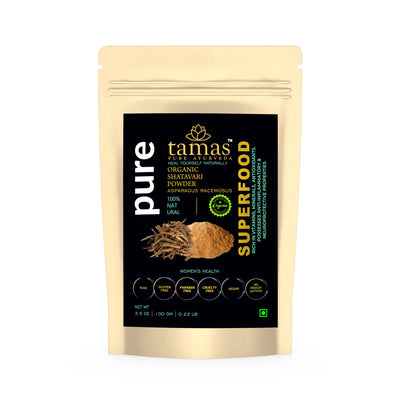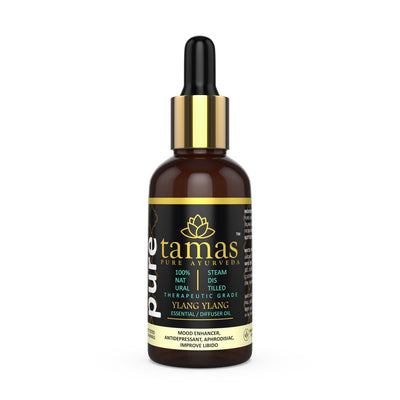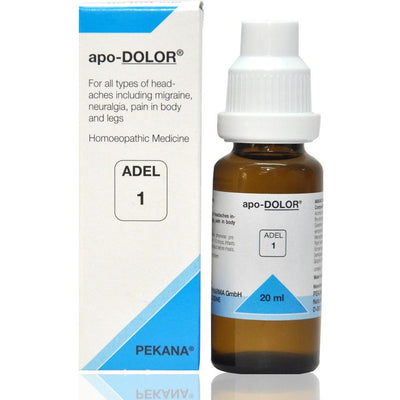
Nimbadi Kwath
Nimbadi Kwath is an Ayurvedic skin treatment formulation that can help in the treatment of boils and carbuncles. It is also good for patients with diabetic carbuncles. The herbs that are used in the Nimbadi Kwath help to relieve the pain and inflammation and restore the skin to good health. The key ingredient is Neem which is a popular and effective component of Ayurvedic products for the skin.
Ingredients
Nimba (Azadirachta indica)
Nimbadi Kwath is a well known Ayurvedic skin treatment. It is a neem-based Ayurvedic medication that is used in the treatment of infections and skin problems. This is one of the helpful ayurvedic products for skin that has been affected by boils and carbuncles. This medication is especially effective in helping to treat carbuncles in diabetes patients. The Nimbadi Kwath is formulated with ayurvedic herbs for skin that help to relieve skin inflammation and the skin problems caused by it.
Ayurveda And Boils
In Ayurveda the term used for carbuncles is Pidaka. Diabetic carbuncles, in particular, are called Prameha Pidaka. When there is a long-running disease such as diabetes there is a sustained Dosha imbalance and the body’s immunity is weakened. This also causes vitiated Medha Dhatus (fat tissue) and Kleda (metabolic waste). This causes carbuncles or Prameha Pidaka on the skin in muscles, joints, face, head, near the heart or kidney regions. In general, these Prameha Pidaka are elevated and discolored. They are classified into different types
Ayurvedic skincare texts state that the Sarshapika, Vinata, Vidradhi, and Alaji are Pitta Dosha related and are relatively easier to cure than the other types of carbuncles. Ayurvedic skin treatment starts with treating the underlying causative disease. The carbuncles are punctured and drained if they are mature. If they are not mature a process called Raktamokshana or bloodletting with the help of leeches called Jalakavacharana is performed. The vitiated Dosha is corrected and the condition is also treated with the appropriate internal medication.
Western Medicine And Inflammatory Skin Problems
Nimbadi Kwath is an Ayurvedic skin treatment formulation that can help in the treatment of boils and carbuncles. It is also good for patients with diabetic carbuncles. The herbs that are used in the Nimbadi Kwath help to relieve the pain and inflammation and restore the skin to good health. The key ingredient is Neem which is a popular and effective component of Ayurvedic products for the skin.
Ingredients
Nimba (Azadirachta indica)
- Traditional folk medicine, as well as Ayurveda, use different parts of the neem tree for different uses especially Ayurvedic skincare products. It is used to treat wounds, stomach problems, diabetes, piles, worms, skin problems, and eye issues.
- The bark and leaves of the Neem tree are used as a blood purifier and is particularly good in Ayurveda for skin problems.
- The bark is also used in treatments for nausea, vomiting, and fever.
- The leaves have a carminative effect.
- The flowers are used for stomach disorders.
- The neem tree balances the Kapha and Pitta Doshas
- It is used in Ayurvedic medicine to protect the liver and helps in detoxification
- Balances all the three Doshas
- This herb is used as an adaptogen in Ayurveda.
- It helps the body resist stress and illness.
- Relieves Ama - detoxifier
- Aids in efficient digestion
- Turmeric
- Reduces toxins (Ama)
- It is excellent for the skin
- Used in traditional medicine as an anti-allergic, anti-viral, anti-bacterial, anti-microbial, anti-inflammatory and styptic
- The Indian gooseberry
- It is rich in Vitamin C
- It is used in Ayurvedic medicine as an anti-oxidant, immunomodulator, anti-inflammatory
- Helps to balance all three Doshas
- Helps to detoxify
- Supports healing
- Supports the Rasa and Mamsa Dhatus
- Is used in traditional medicine as an antibacterial, antiinflammatory
- Supports gastric health
- Purifies blood
- One of the Dasha Moola herbs.
- Is an Ayurvedic anti-inflammatory.
Nimbadi Kwath is a well known Ayurvedic skin treatment. It is a neem-based Ayurvedic medication that is used in the treatment of infections and skin problems. This is one of the helpful ayurvedic products for skin that has been affected by boils and carbuncles. This medication is especially effective in helping to treat carbuncles in diabetes patients. The Nimbadi Kwath is formulated with ayurvedic herbs for skin that help to relieve skin inflammation and the skin problems caused by it.
Ayurveda And Boils
In Ayurveda the term used for carbuncles is Pidaka. Diabetic carbuncles, in particular, are called Prameha Pidaka. When there is a long-running disease such as diabetes there is a sustained Dosha imbalance and the body’s immunity is weakened. This also causes vitiated Medha Dhatus (fat tissue) and Kleda (metabolic waste). This causes carbuncles or Prameha Pidaka on the skin in muscles, joints, face, head, near the heart or kidney regions. In general, these Prameha Pidaka are elevated and discolored. They are classified into different types
- Sharavika: This Sanskrit term refers to an earthen pan and disc which describes carbuncles that are higher in the margins and lower in the center.
- Vinata: this word means sunken and the carbuncles are deep and bluish in colour.
- Jalini: This word denotes mesh and alludes to the network like appearance of the carbuncles.
- Sarshapika: This word means mustard and alludes to the white mustard-like boils and carbuncles that are very painful.
- Kacchapika: This word denotes the tortoise and signifies the tortoise shell-like elevated boils with a very wide base.
- Masurika: This word means lentils and the boils resemble lentils.
- Putrini: This denotes blisters that are very widespread and small.
- Alaji: These boils are red or white in colour and look like they are about to rupture at any time. They burn and can cause the patient to have a fever.
- Vidari: This is a plant name and the boils resemble the tubers of the plant and are very hard.
- Vidradhi: These are boils that have developed into an abscess.
Ayurvedic skincare texts state that the Sarshapika, Vinata, Vidradhi, and Alaji are Pitta Dosha related and are relatively easier to cure than the other types of carbuncles. Ayurvedic skin treatment starts with treating the underlying causative disease. The carbuncles are punctured and drained if they are mature. If they are not mature a process called Raktamokshana or bloodletting with the help of leeches called Jalakavacharana is performed. The vitiated Dosha is corrected and the condition is also treated with the appropriate internal medication.
Western Medicine And Inflammatory Skin Problems
- Boils or furuncles are pus-filled bumps that are formed under the skin due to infection or inflammation of the hair follicles.
- A boil starts as a red bump that grows as it fills with pus. Boils tend to grow till they get ruptured and drain.
- Boils tend to form in parts of the body that are subject to more friction or sweat. Likely areas are at the back of the neck, on the face, armpits, buttocks and thighs.
- A cluster of boils is called a carbuncle.
- Carbuncles are more severe in nature than a single boil. The infection is more severe and deep and causes a bigger scar when it does heal.
- Since a carbuncle is a bigger infection than a boil it can also cause other symptoms such as fever, chills and a general feeling of being unwell.
- Bacterial infections are the most frequent causes of boils. They tend to occur more often at a site of an insect bite or wound as this gives the bacteria easier entry to the skin.
- Staphylococcus aureus is the bacterium that is the most frequent cause of boils and carbuncles.
- Boils and carbuncles can affect anybody but the risk is higher if one is living with a person who has them.
- Skin problems, in general, affect the ability of the skin to protect itself and people with other skin conditions have a greater susceptibility to boils and carbuncles.
- Diabetes compromises the body’s ability to fight infection and raises the risk of boils and carbuncles. Any other health condition that has the effect of compromising the immune system also makes one more prone to suffering from carbuncles and boils.
- In a very rare case the infection from a boil or carbuncle can infiltrate the bloodstream and cause sepsis or blood poisoning. This, in turn, can cause infections in the heart (endocarditis) and bone (osteomyelitis).
- It is very tempting to pinch or puncture a boil but it is better that boils and carbuncles be drained in a medical setting by a professional. If the infection is severe enough to warrant it, antibiotics may be prescribed.
- Since staph infections are contagious, it is better to avoid sharing personal items with others. It is recommended that the laundry of the person suffering from the infection be segregated and treated with anti-infectives. The cleaned boil or carbuncle wound should be kept covered with sterile dressings.
- People with weak immunity should wash their hands frequently.
You may also like
More from Kerala Ayurveda
More from Aasaan
Recently viewed

















